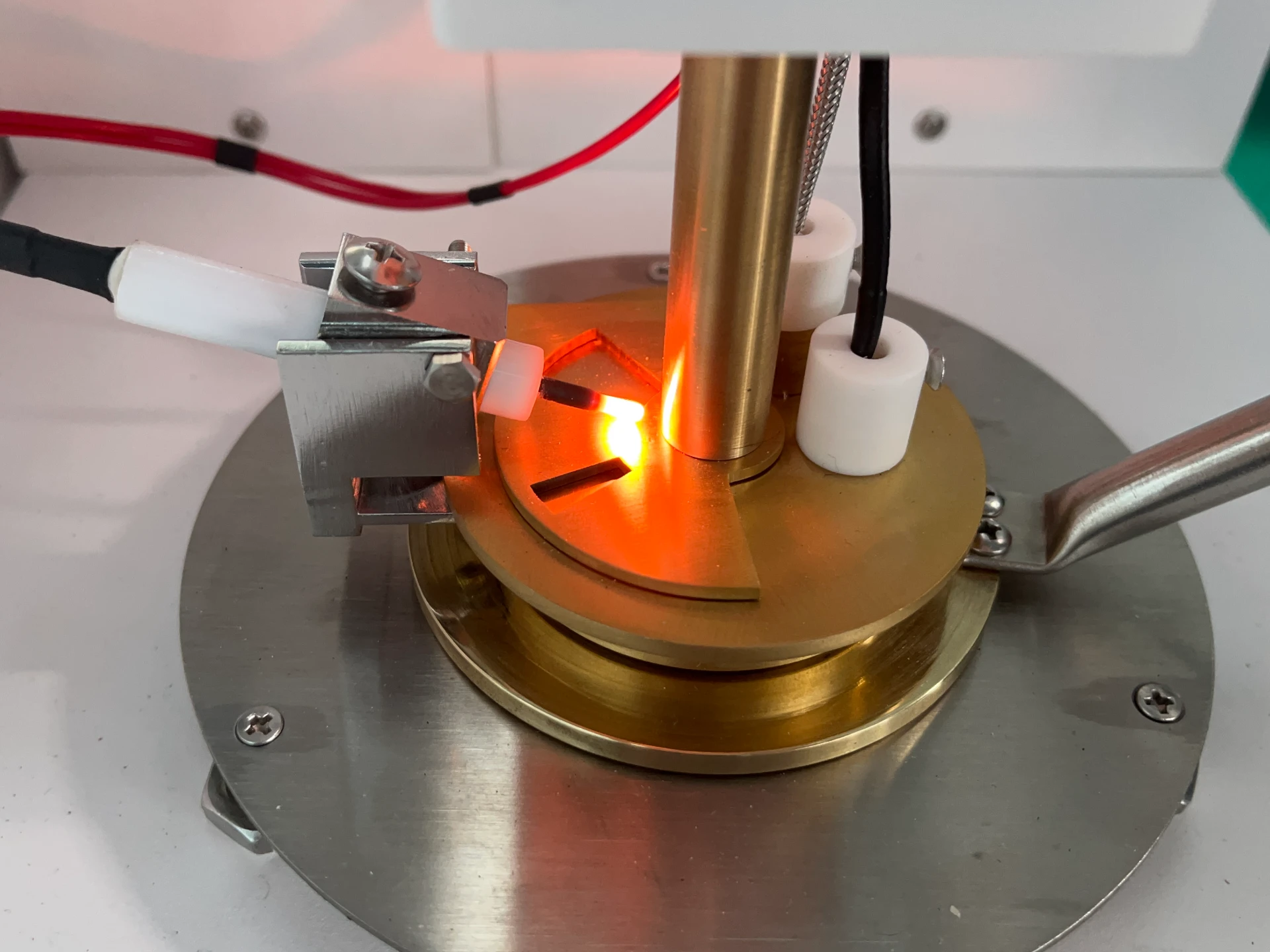 English
English


Gas Chromatography Phases
Gas chromatography (GC) is an essential analytical technique widely used for separating and analyzing compounds in a mixture. At the heart of this process is the concept of the stationary and mobile phases, which play a crucial role in determining the efficiency and resolution of the separation.
In gas chromatography, the mobile phase is an inert gas, commonly helium or nitrogen. This gas carries the sample vapor through the column, where separation occurs. The choice of the mobile phase is crucial as it affects the sensitivity, resolution, and overall analysis time of the chromatographic process.
.
Polar stationary phases are typically used for the separation of polar compounds. These phases have functional groups that can interact through dipole-dipole interactions, hydrogen bonding, and other polar interactions. Consequently, molecules with polar characteristics will interact more strongly with the polar stationary phase, resulting in longer retention times and better resolution for these compounds.
gas chromatography phases

In contrast, non-polar stationary phases lack these polar interactions and are generally used for separating non-polar compounds. These phases are composed of hydrocarbons and other non-polar materials. When a non-polar compound interacts with a non-polar stationary phase, it experiences weaker interactions compared to polar molecules in a polar phase. As a result, non-polar compounds tend to elute from the column more quickly.
The choice of stationary phase not only affects the selectivity and resolution of the analysis but also the temperature stability and operational range of the chromatography. For example, some stationary phases can withstand high temperatures, making them suitable for high-temperature applications where volatile compounds need to be separated rapidly.
Moreover, advancements in stationary phase technology have led to the development of specialized phases, such as chiral stationary phases for enantiomer separation, or polymeric phases designed for specific compound classes. These innovations have expanded the applicability of gas chromatography in various fields, including environmental analysis, pharmaceuticals, and food safety.
In conclusion, the phases in gas chromatography — both mobile and stationary — are fundamental to the successful separation and analysis of chemical compounds. By carefully selecting the appropriate stationary phase based on the nature of the analytes, chemists can optimize their analysis, achieving clear and accurate results. As the field of chromatography continues to evolve, the development of new phases will undoubtedly enhance the techniques' versatility and effectiveness in scientific research.
-
Differences between open cup flash point tester and closed cup flash point testerNewsOct.31,2024
-
The Reliable Load Tap ChangerNewsOct.23,2024
-
The Essential Guide to Hipot TestersNewsOct.23,2024
-
The Digital Insulation TesterNewsOct.23,2024
-
The Best Earth Loop Impedance Tester for SaleNewsOct.23,2024
-
Tan Delta Tester--The Essential Tool for Electrical Insulation TestingNewsOct.23,2024





